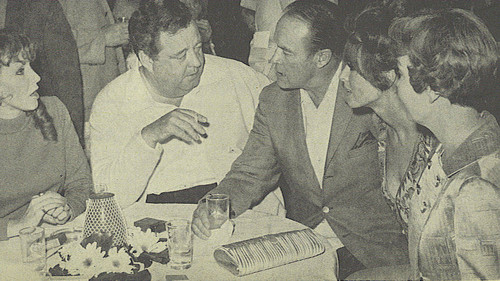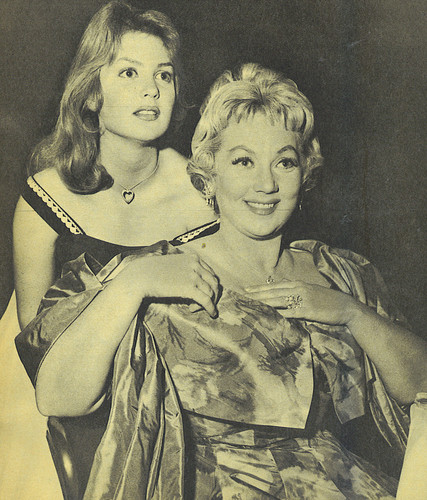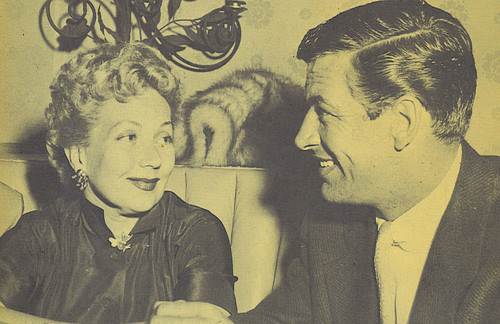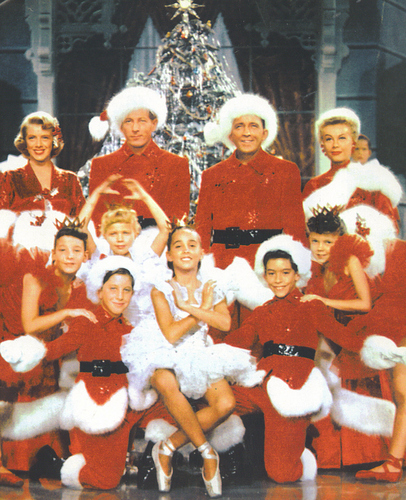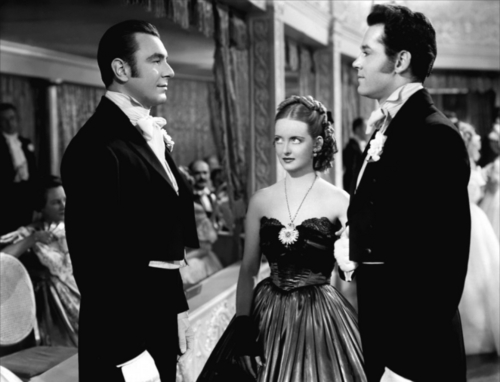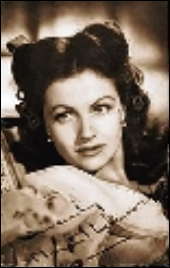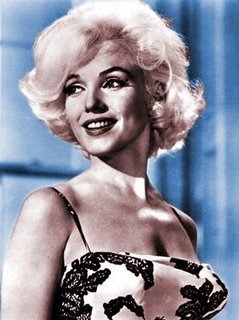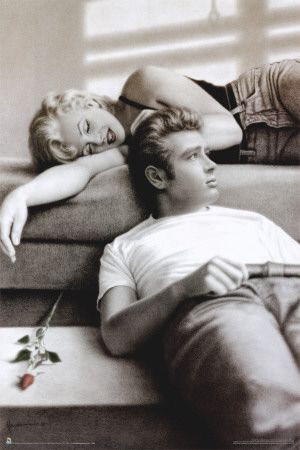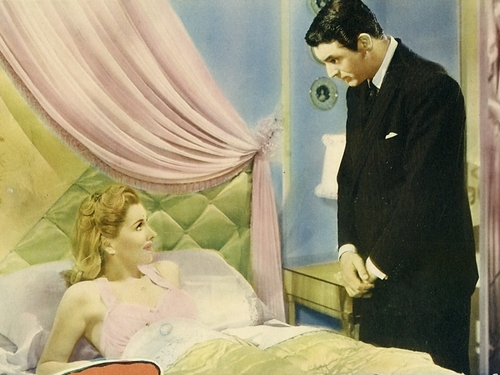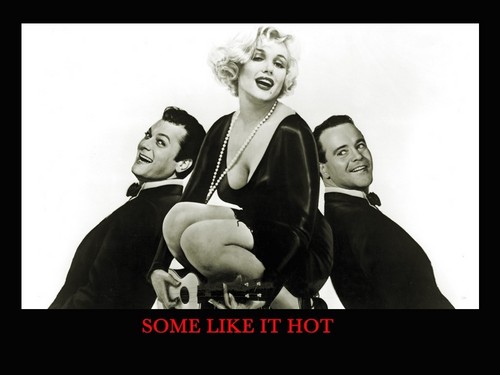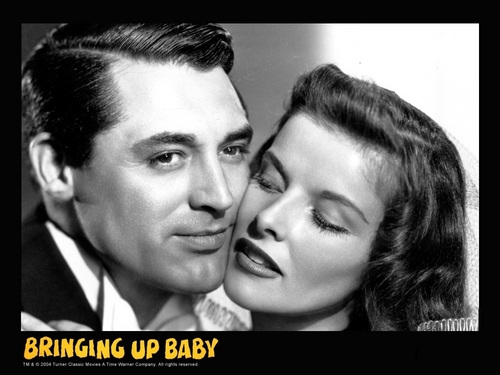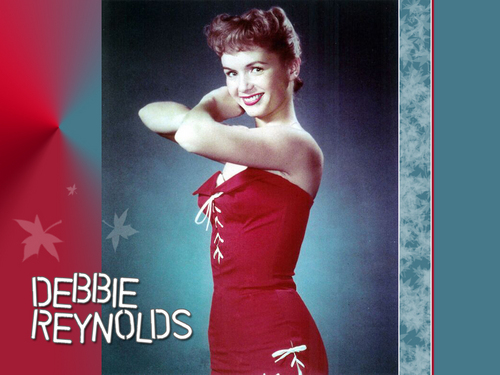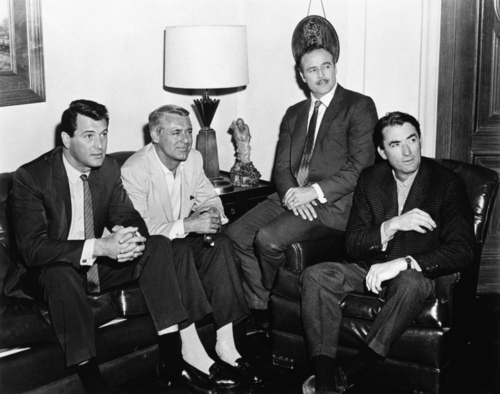"OTHER MEN'S WOMEN" (1931) Review
Adultery is rarely treated with any kind of maturity in fiction - whether in novels, plays, sinema and television. I am not saying that adultery has never been portrayed with any maturity. It is just that . . . well, to be honest . . . I have rarely come across a movie, televisheni series, novel au play that dealt with adultery in a mature manner. au perhaps I have rarely come across others willing to face fictional adultery between two decent people with some kind of maturity.
If one simply glanced at the title of the 1931 movie, "OTHER MEN'S WOMEN", any person could assume that he au she will be facing one of those salacious tales from a Pre-Code filled with racy dialogue, scenes of women and men stripping to their underwear au morally bankrupt characters. Well, "OTHER MEN'S WOMEN" is a Pre-Code movie. But if wewe are expecting scenes and characters hinting sexy and outrageous sex, wewe are barking up the wrong tree.
"OTHER MEN'S WOMEN" is about a young railroad engineer named Bill White, who seemed to have a drinking problem. When he gets kicked out of his boarding house, after falling back on his rent, Bill is invited kwa fellow engineer and friend Jack Kulper to stay with him and his wife Lily. All seemed to be going well. Bill managed to fit easily into the Kulper household. He stopped drinking. And he got along very well with both Jack and Lily. In reality, his relationship with Lily seemed to be a lot zaidi obvious than with Jack. And this spilled out one afternoon, when in the middle of one of their horseplays while Jack was out of the house, Bill and Lily exchanged a passionate kiss. Realizing that he was in upendo with Lily, Bill moved out and left Jack wondering what had occurred. Matters grew worse and eventually tragic, when Jack finally realized that Bill and Lily had fallen in upendo with each other.
From the few makala I have read, there seemed to be a low regard for this film. Leading lady Mary Astor had dismissed it as "a piece of cheese" and praised only future stars James Cagney and Joan Blondell. Come to think of it, so did a good number of other movie fans. Back in 1931, the New York Times had described the film as "an unimportant little drama of the railroad yards". Perhaps "OTHER MEN'S WOMEN" was unimportant in compare to many other films that were released in 1931 au during that period. But I enjoyed it . . . zaidi than I thought I would.
"OTHER MEN'S WOMEN" is not perfect. First of all, this is an early talkie. Although released in 1931, the film was originally shot and released to a limited number of theaters in 1930. And anyone can pretty much tell this is an early talkie, due to the occasional fuzzy photography. Also, director William Wellman shot a few of the action scenes - namely the fight scene between Bill and Jack, along with Bill and another engineer named Eddie Bailey - in fast motion. au he shot the scenes and someone sped up the action during the editing process. Why, I have no idea. There were a few times when members of the cast indulge in some theatrical acting. And I mean everyone. Finally, I found the resolution to the upendo pembetatu in this film a bit disappointing. Considering that divorce was not as verboten in the early 20th century, as many seemed to assume, I do not see why that the whole matter between Bill, Lily and Jack could have been resolved with divorce, instead of tragedy. In the case of this particular story, I found the tragic aspects a bit contrived.
Otherwise, I rather enjoyed "OTHER MEN'S WOMEN", much to my surprise. Repeating my earlier statement, I was impressed kwa how screenwriter Maud Fulton, with the addition of William K. Wells' dialogue; treated the adulterous aspects of the upendo pembetatu with taste and maturity. What I found even zaidi impressive is that the three people involved were all likeable and sympathetic. I was rather surprised that this film only lasted 70 minutes. Because Wellman did an exceptional job with the movie's pacing. He managed to infuse a good deal of energy into this story, even when it threatened to become a bit too maudlin.
Wellman's energy seemed to manifest in the cast's performance. Yes, I am well aware of my complaint about the performers' occasional penchant for theatrical acting. But overall, I thought they did a very good job. Future stars James Cagney and Joan Blondell had small supporting roles as Bill's other friend Eddie Bailey and his girlfriend, Marie. Both did a good job and both had the opportunities to express those traits that eventually made them stars within a mwaka au two. I was especially entertained kwa Blondell's performance, for she had the opportunity to convey one of the movie's best lines:
Marie: [taking out her compact and powdering her face] Listen, baby, I'm A.P.O.
Railroad worker at Lunch Counter: [to the other railroad worker] What does she mean, A.P.O.?
Marie: Ain't Puttin' Out!
I noticed that due to Cagney and Blondell's presence in this film, many tend to dismiss the leading actors' performances. In fact, many seemed to forget that not only was Mary Astor a nyota already, she was a decade away from winning an Oscar. Well, nyota au not, I was impressed kwa her portrayal of the railroad wife who finds herself falling in upendo with a man other than her own husband. She gave a warm, charming and energetic performance. And she portrayed her character's guilt with great skill. I could also say the same about leading man, Grant Withers. He is basically known as Loretta Young's first husband. Which is a shame, because he seemed like a first-rate actor, capable of handling the many emotional aspects of his character. Whether Bill was drunk and careless, fun-loving, romantic au even wracked with guilt, Withers ably portrayed Bill's emotional journey. I also enjoyed Regis Toomey's performance as the emotionally cuckolded husband, Jack Kulper. I mainly remember Toomey from the 1955 musical, "GUYS AND DOLLS". However, I was impressed kwa how he portrayed Jack's torn psyche regarding his best friend and wife.
I am not going to pretend that "OTHER MEN'S WOMEN" is one of the best films from the Pre-Code era . . . au one of director William Wellman's best films. Perhaps that New York Times critic had been right, when he described the film as "an unimportant little drama of the railroad yards". But I cannot dismiss "OTHER MEN'S WOMEN" as a mediocre au poor film. It is actually pretty decent. And zaidi importantly, thanks to the screenplay, Wellman's direction and the cast, I thought it portrayed a upendo pembetatu tainted kwa adultery with a great deal of maturity.
Adultery is rarely treated with any kind of maturity in fiction - whether in novels, plays, sinema and television. I am not saying that adultery has never been portrayed with any maturity. It is just that . . . well, to be honest . . . I have rarely come across a movie, televisheni series, novel au play that dealt with adultery in a mature manner. au perhaps I have rarely come across others willing to face fictional adultery between two decent people with some kind of maturity.
If one simply glanced at the title of the 1931 movie, "OTHER MEN'S WOMEN", any person could assume that he au she will be facing one of those salacious tales from a Pre-Code filled with racy dialogue, scenes of women and men stripping to their underwear au morally bankrupt characters. Well, "OTHER MEN'S WOMEN" is a Pre-Code movie. But if wewe are expecting scenes and characters hinting sexy and outrageous sex, wewe are barking up the wrong tree.
"OTHER MEN'S WOMEN" is about a young railroad engineer named Bill White, who seemed to have a drinking problem. When he gets kicked out of his boarding house, after falling back on his rent, Bill is invited kwa fellow engineer and friend Jack Kulper to stay with him and his wife Lily. All seemed to be going well. Bill managed to fit easily into the Kulper household. He stopped drinking. And he got along very well with both Jack and Lily. In reality, his relationship with Lily seemed to be a lot zaidi obvious than with Jack. And this spilled out one afternoon, when in the middle of one of their horseplays while Jack was out of the house, Bill and Lily exchanged a passionate kiss. Realizing that he was in upendo with Lily, Bill moved out and left Jack wondering what had occurred. Matters grew worse and eventually tragic, when Jack finally realized that Bill and Lily had fallen in upendo with each other.
From the few makala I have read, there seemed to be a low regard for this film. Leading lady Mary Astor had dismissed it as "a piece of cheese" and praised only future stars James Cagney and Joan Blondell. Come to think of it, so did a good number of other movie fans. Back in 1931, the New York Times had described the film as "an unimportant little drama of the railroad yards". Perhaps "OTHER MEN'S WOMEN" was unimportant in compare to many other films that were released in 1931 au during that period. But I enjoyed it . . . zaidi than I thought I would.
"OTHER MEN'S WOMEN" is not perfect. First of all, this is an early talkie. Although released in 1931, the film was originally shot and released to a limited number of theaters in 1930. And anyone can pretty much tell this is an early talkie, due to the occasional fuzzy photography. Also, director William Wellman shot a few of the action scenes - namely the fight scene between Bill and Jack, along with Bill and another engineer named Eddie Bailey - in fast motion. au he shot the scenes and someone sped up the action during the editing process. Why, I have no idea. There were a few times when members of the cast indulge in some theatrical acting. And I mean everyone. Finally, I found the resolution to the upendo pembetatu in this film a bit disappointing. Considering that divorce was not as verboten in the early 20th century, as many seemed to assume, I do not see why that the whole matter between Bill, Lily and Jack could have been resolved with divorce, instead of tragedy. In the case of this particular story, I found the tragic aspects a bit contrived.
Otherwise, I rather enjoyed "OTHER MEN'S WOMEN", much to my surprise. Repeating my earlier statement, I was impressed kwa how screenwriter Maud Fulton, with the addition of William K. Wells' dialogue; treated the adulterous aspects of the upendo pembetatu with taste and maturity. What I found even zaidi impressive is that the three people involved were all likeable and sympathetic. I was rather surprised that this film only lasted 70 minutes. Because Wellman did an exceptional job with the movie's pacing. He managed to infuse a good deal of energy into this story, even when it threatened to become a bit too maudlin.
Wellman's energy seemed to manifest in the cast's performance. Yes, I am well aware of my complaint about the performers' occasional penchant for theatrical acting. But overall, I thought they did a very good job. Future stars James Cagney and Joan Blondell had small supporting roles as Bill's other friend Eddie Bailey and his girlfriend, Marie. Both did a good job and both had the opportunities to express those traits that eventually made them stars within a mwaka au two. I was especially entertained kwa Blondell's performance, for she had the opportunity to convey one of the movie's best lines:
Marie: [taking out her compact and powdering her face] Listen, baby, I'm A.P.O.
Railroad worker at Lunch Counter: [to the other railroad worker] What does she mean, A.P.O.?
Marie: Ain't Puttin' Out!
I noticed that due to Cagney and Blondell's presence in this film, many tend to dismiss the leading actors' performances. In fact, many seemed to forget that not only was Mary Astor a nyota already, she was a decade away from winning an Oscar. Well, nyota au not, I was impressed kwa her portrayal of the railroad wife who finds herself falling in upendo with a man other than her own husband. She gave a warm, charming and energetic performance. And she portrayed her character's guilt with great skill. I could also say the same about leading man, Grant Withers. He is basically known as Loretta Young's first husband. Which is a shame, because he seemed like a first-rate actor, capable of handling the many emotional aspects of his character. Whether Bill was drunk and careless, fun-loving, romantic au even wracked with guilt, Withers ably portrayed Bill's emotional journey. I also enjoyed Regis Toomey's performance as the emotionally cuckolded husband, Jack Kulper. I mainly remember Toomey from the 1955 musical, "GUYS AND DOLLS". However, I was impressed kwa how he portrayed Jack's torn psyche regarding his best friend and wife.
I am not going to pretend that "OTHER MEN'S WOMEN" is one of the best films from the Pre-Code era . . . au one of director William Wellman's best films. Perhaps that New York Times critic had been right, when he described the film as "an unimportant little drama of the railroad yards". But I cannot dismiss "OTHER MEN'S WOMEN" as a mediocre au poor film. It is actually pretty decent. And zaidi importantly, thanks to the screenplay, Wellman's direction and the cast, I thought it portrayed a upendo pembetatu tainted kwa adultery with a great deal of maturity.



